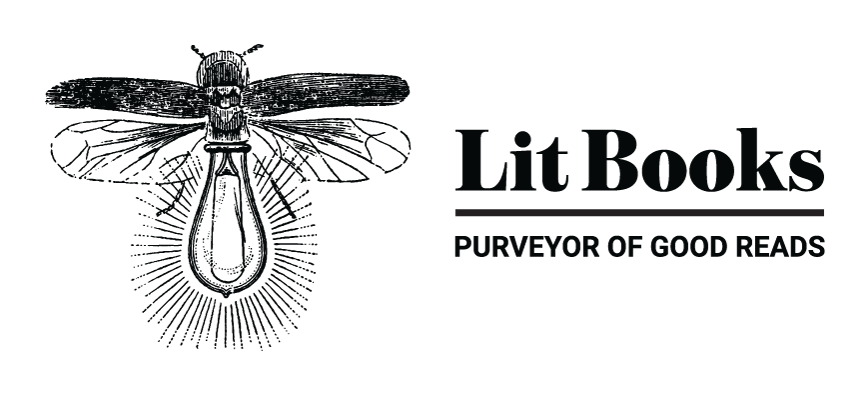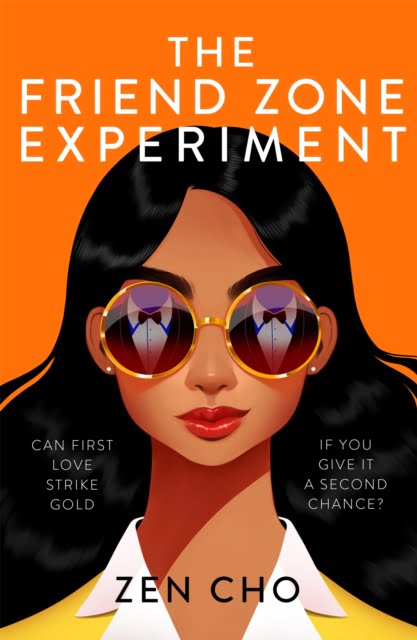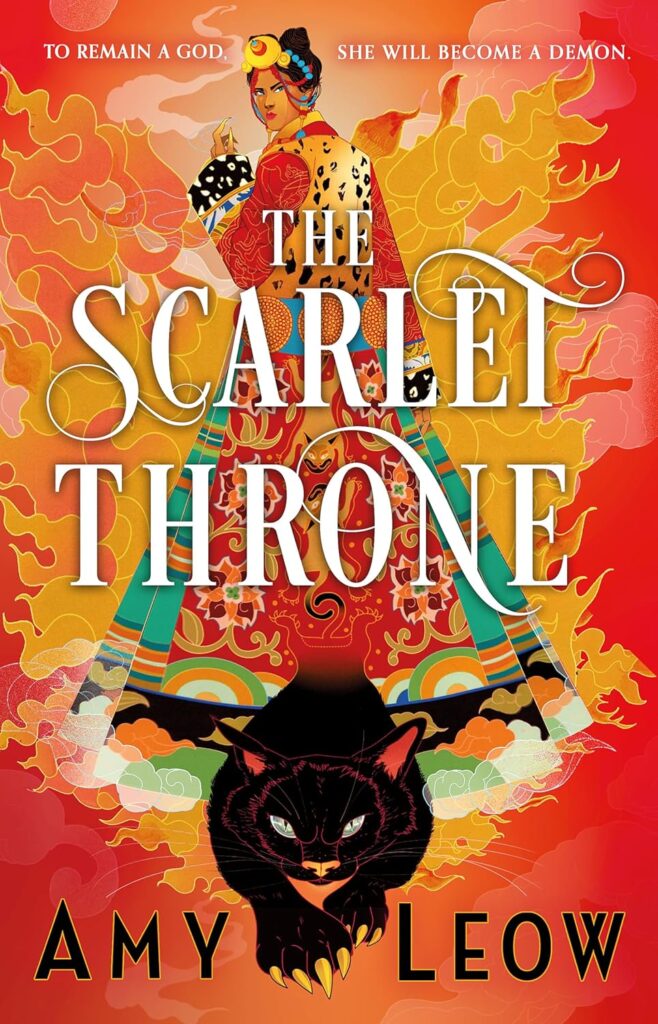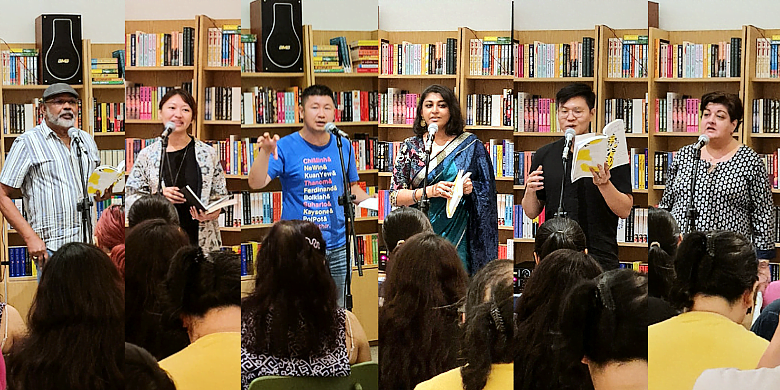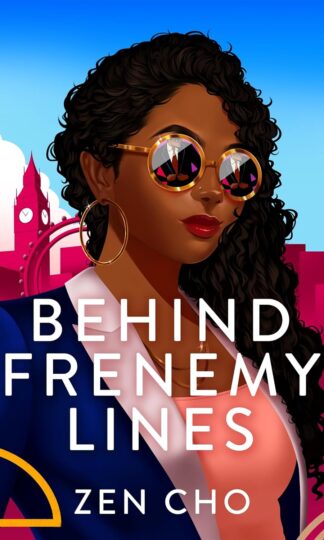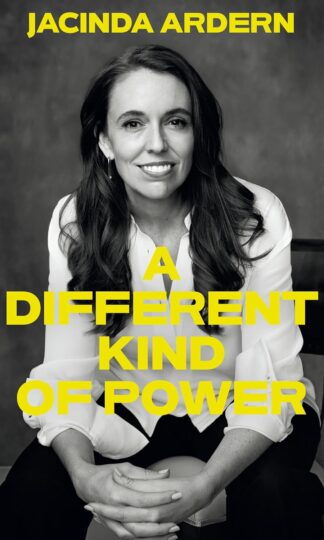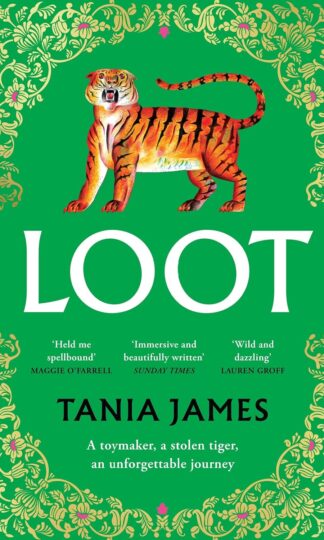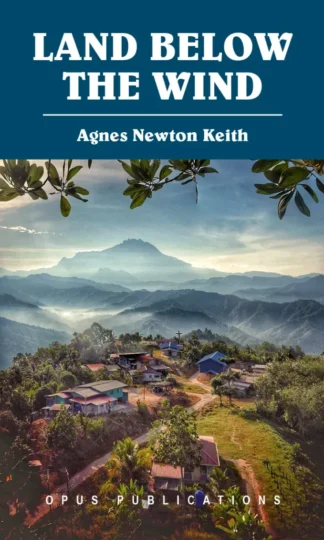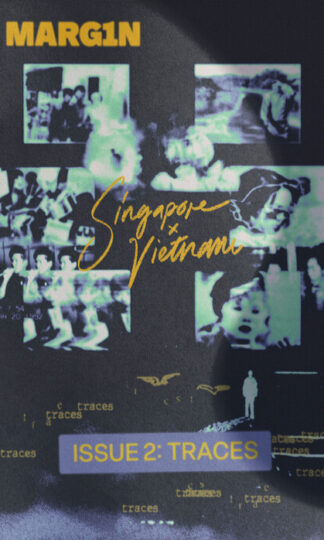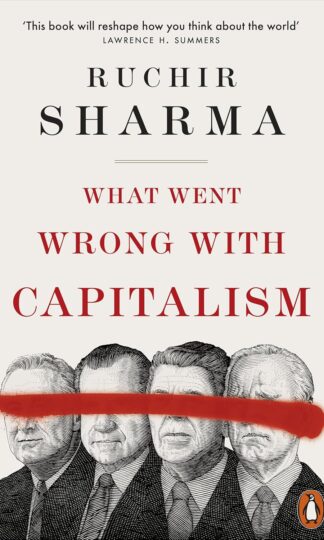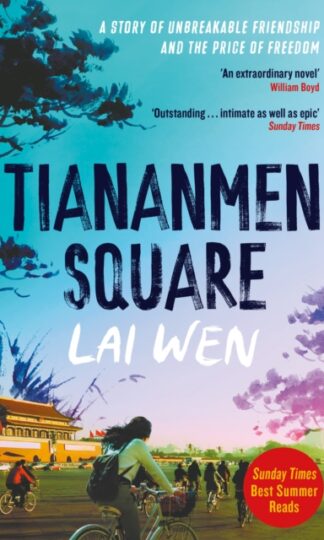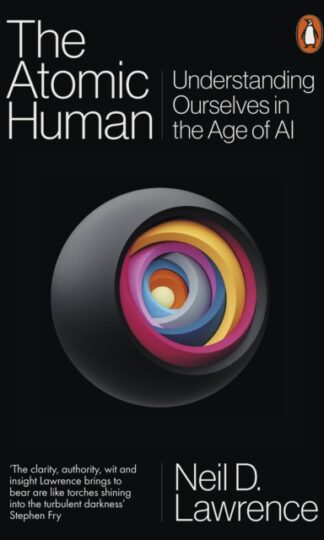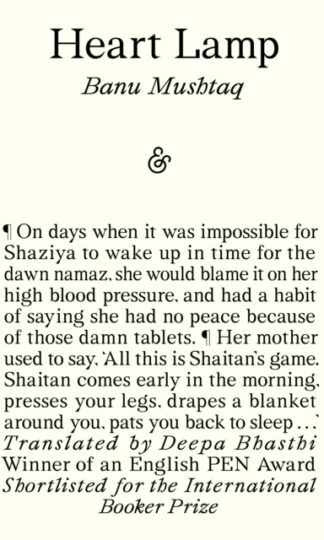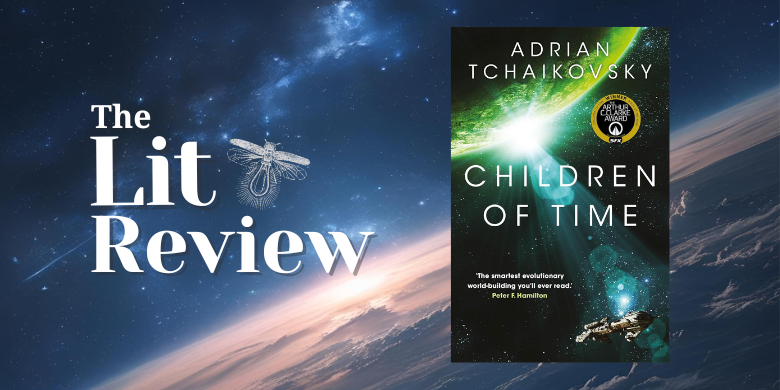
Adrian Tchaikovsky’s Children of Time celebrates its 10-year anniversary in 2025, making it an opportune time to revisit, or discover for the first time, one of the most remarkable science fiction series of the 21st century. Among the finest examples of hard science fiction since Cixin Liu’s The Three-Body Problem, Children of Time is an expansive, innovative, and meticulously researched saga that evokes the grand tradition of Asimov’s Foundation and Herbert’s Dune. Tchaikovsky’s novel is the story of humanity qua spirit—a spirit that endures within a cold, indifferent universe, even if it may no longer be recognisably human.
The novel opens just as humanity has completed preparations for its own demise. For millennia humans have been the only intelligent lifeforms in the solar system, reaching a point where they seek to remake the universe in its own image. Casting their terraforming spacecraft far and wide into the galaxy, humanity aims to remake and claim new planets as its own. At the helm is the brilliant and ruthless Dr. Avrana Kern, whose ambition extends beyond planetary engineering. Driven by hubris, she intends to seed these worlds with a new species of uplifted primates, and therefore, play deity to a new species of Man.
Kern had given up on traditional humanity: too much infighting, too much politics, too much sentiment. It was doomed, as far as she was concerned. If there were any species fool enough to unleash a galaxy-wide virus that could destroy every digital system out of sheer ideology, it would be the humans; and this, they do at the critical juncture when Kern is about to populate her new world with primates along with a bio-engineered nanovirus designed to accelerate their evolutionary development. The virus is effective: humanity is good at destruction, if little else. Everything galaxy-wide shuts down. In a last ditch effort to complete her plan, Kern jettisons the nanovirus and the primates to the surface of the newly terraformed world, hoping that her plan will still come to fruition. It does not.
The primates do not survive re-entry. The nanovirus, however, does and finds waiting hosts on the planet surface: insects and arachnids seeded during the terraforming process. In an instant, the humblest of creatures in the animal kingdom find themselves heirs to humanity. Kern, having narrowly escaped destruction in a rescue capsule, barely registers the change in the script before succumbing to the somnambulant effect of cryostasis. Trapped in her capsule, she becomes a permanent satellite of the world that is home to her uplifted spiders and which bears her name: Kern’s World.
At this point, the novel jumps between the two main arcs of the story. On Kern’s World, the nanovirus has started to manipulate the evolutionary development of the portia labiata spider, whose individuals are named Portia throughout the book (and through the generations). In the first of the many Portias to come, we bear witness to the effect of the nanovirus, curbing her natural predatory instinct and encouraging cooperation with her male counterpart who would have once been regarded as little more than a snack:
Past individuals of her species might have decided that the little male was a safer lunch… but now something changes. The presence of the male speaks to her. It is a complex new experience… A new category appears that expands her options a hundredfold: ally.
This new instinct for cooperation would create the platform for an arachnid civilization, a process accelerated by a keen new intelligence and scientific mind—courtesy once again of the nanovirus. Over the next few chapters, we bear witness to the rise and fall of the various ages of arachnid civilization as it embraces and rejects various ideologies, which bear close resemblance to humanity’s own reckoning with history. Ultimately, they, too, reach the pinnacle of scientific progress and become a spacefaring species in their own right.
Back on Old Earth, the survivors of the self-inflicted Armageddon are forced to scrape together an existence. Old Earth is dying: the environment has been destroyed by millennia of poor stewardship and the digital virus has wiped out almost all information repositories. Having unearthed ancient, if uncertain, technology, the survivors discover information about the terraforming project. With little hope left for Old Earth, the remnants of humanity make one last bid to secure species survival by making for these planets.
Cobbling together large spacefaring craft known as Arks, they fill the storage chambers with ‘cargo’—humans placed in cryostasis who will be reawakened at their destination thousands of light years away. One of these Arks, the Gilgamesh, picks up the distress signal from Kern’s rescue capsule. It burns bright as a beacon of hope. The Gilgamesh needs no further invitation.
Children of Time is a masterful blend of science and speculative fiction—a lyrical meditation on the rise and fall of civilisations, and a bold projection of a post-humanist, evolutionary future. The scale of the novel—and its two sequels—unfolds over an unimaginably vast span of time (by human reckoning), underscoring how slowly true change occurs in the universe. Yet each moment is punctuated by stories of individual success and failure, for whom time is a precious and fleeting commodity. While humans spend the majority of their lives in cryostasis—skipping through history in the hope of reaching their destination faster—the spiders evolve in the present, adapting in real time to the challenges they face. Ironically, it is the humans who remain stagnant across the millennia, deprived of the very process that once defined their species: the capacity to change.
Children of Time is a marvellous read—rich with profound explorations of evolution, intelligence, and what it means to be human. It is essential reading for readers of all stripes. Available in-store and online.
